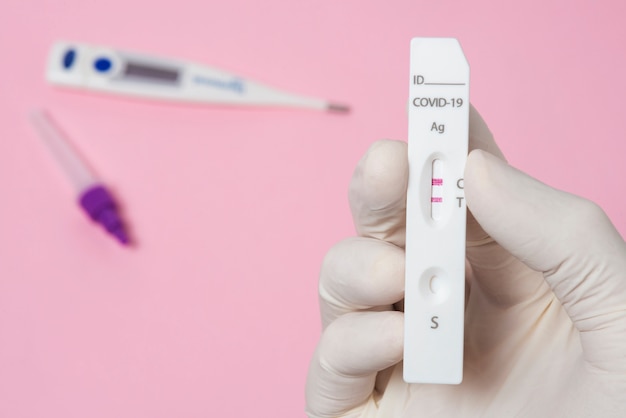Evaluating Athletic Prowess: A Comprehensive Guide
Performance testing in sports is a crucial part of an athlete’s training routine. This structured evaluation helps measure progress and the effectiveness of training programs. It also offers insights to refine training methods, enhance performance, and reduce injury risks.
Understanding Performance Testing
Performance tests are periodic assessments that compare an athlete’s performance against a reference value, known as the “test norm.” This norm comes from a sample group during the standardization process.
To set a test norm, you need to identify a performance indicator. For instance, to gauge aerobic power, you might use VO2max, which measures the maximum rate of oxygen consumption during increasing exercise. This indicator then represents the specific performance aspect being assessed.
Applications of Performance Testing
Performance tests serve multiple purposes, including:
1. Diagnosing performance and development
2. Predicting potential
3. Measuring psychophysical characteristics
4. Identifying useful training elements
5. Verifying the effectiveness of training programs
6. Evaluating educational experiments
For these tests to be effective, they must follow solid scientific principles, ensuring validity and reliability. This involves converting abstract performance concepts like power and speed into tangible, measurable data (e.g., centimeters, seconds, kilograms).
Essential Requirements of a Performance Test
A good performance test must follow several basic principles to be scientifically sound and practical:
1. Objectivity: The results should not be influenced by the person conducting the test. This ensures impartial measurement without bias.
2. Reliability: The results must accurately reflect the characteristic being measured. Reliable tests produce consistent results over time.
3. Repeatability: This focuses on producing consistent results under the same conditions. A correlation coefficient of at least 80% between repeated tests is ideal.
4. Validity: This is about measuring what the test claims to measure. There are three types of validity:
– Internal Validity: Ensures the test content reflects the characteristic being measured.
– Criterion-Related Validity: Measures how well the test results align with other established measures.
– Construct Validity: Assesses how well the test measures the theoretical concept it targets.
Adhering to these principles ensures that performance tests provide reliable and actionable data to guide training decisions and optimize performance.
Types of Performance Tests
Performance tests can be categorized into:
1. Simple Single Tests: Straightforward tests for specific aspects like strength or endurance.
2. Complex Single Tests: Involve detailed procedures and assess multiple fitness components.
3. Protocol-Based Tests: Follow specific protocols:
– Rectangular Protocol: Maintains a steady intensity level.
– Triangular Protocol: Intensity increases linearly.
– Trapezoidal Protocol: Involves phases of steady and increasing intensities.
– Climb Tests: Intensity increases in steps.
– Time-Based Tests: Structured around fixed time intervals, with intensity adjustments.
Field Tests vs. Laboratory Tests
Field Tests: Practical and allow multiple evaluations with minimal equipment. They are suited for large-scale studies or teams but can be affected by environmental variables like weather and require safety measures.
Laboratory Tests: Offer a controlled environment for consistent and precise measurements. Ideal for detailed analysis but require specialized equipment and can be time-consuming and expensive.
Maximal and Submaximal Tests
Maximal Tests: Push participants to their highest exertion levels. Not suitable for sedentary individuals, older adults, or those with significant health issues.
Submaximal Tests: Assess fitness without reaching peak exertion, making them safer and suitable for a wider audience, including children, seniors, and those with health concerns.
General Guidelines for Conducting Tests
To ensure valid and safe performance tests:
1. Start with an intensity below the participant’s maximum capacity.
2. Gradually increase intensity.
3. Maintain an ideal testing environment (around 20掳C and below 60% humidity).
4. Consider factors affecting outcomes, such as environmental conditions, participant’s physical and emotional state, caffeine intake, testing surface, measurement accuracy, and warm-up quality.
5. The test administrator’s competence and demeanor significantly impact results.
In conclusion, performance testing is a valuable tool in sports training. It offers a scientific, objective, and reliable way to assess an athlete’s abilities, progress, and potential. By applying performance testing principles, coaches and athletes can optimize training programs and achieve top performance.







